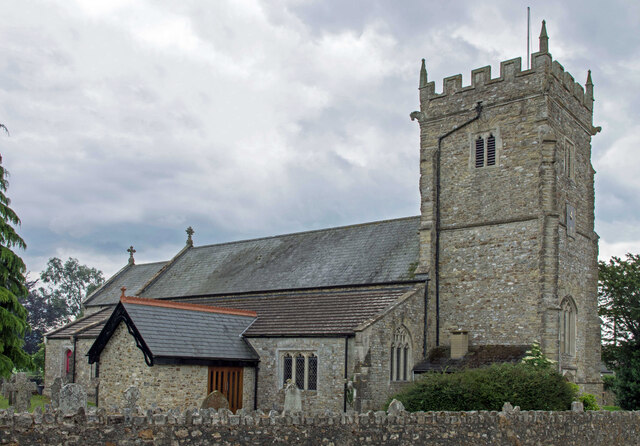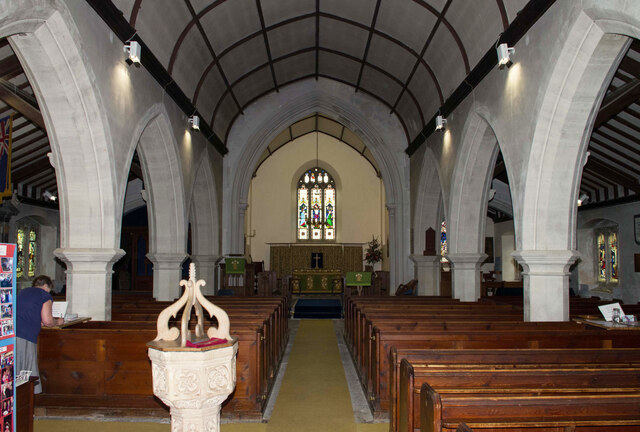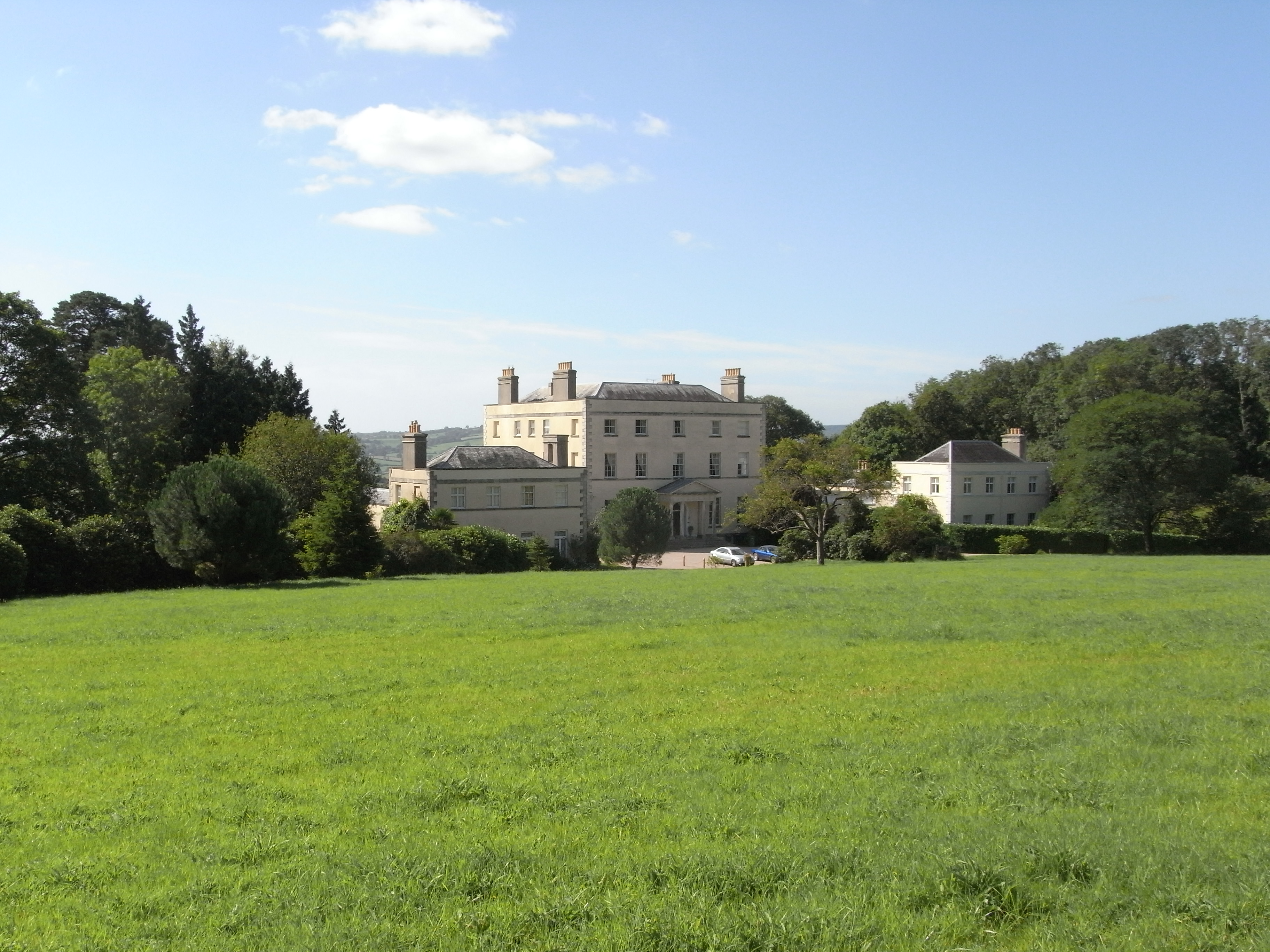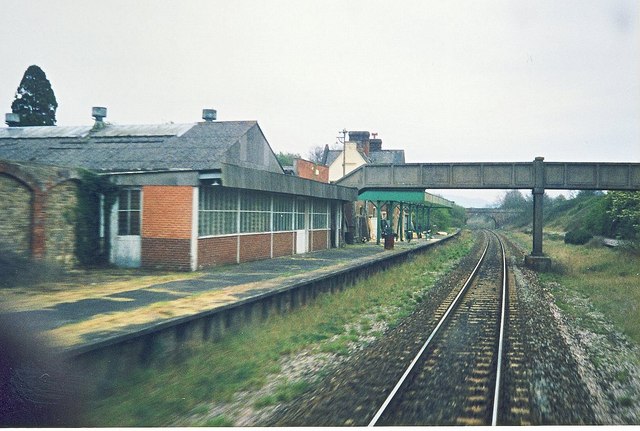Barton
Heritage Site in Devon East Devon
England
Barton

Barton is a small village located in the county of Devon, England. Situated in the South Hams district, it is widely recognized as a heritage site due to its rich historical significance and architectural charm. The village is nestled amidst the picturesque landscape of the South Hams, surrounded by rolling hills, lush green fields, and the serene River Avon.
Barton boasts a remarkable collection of ancient buildings and structures, showcasing various architectural styles from different periods. The village is particularly renowned for its well-preserved medieval church, St. Michael and All Angels, which dates back to the 13th century. The church features stunning stained glass windows, intricate carvings, and a striking tower that offers panoramic views of the surrounding countryside.
In addition to its architectural heritage, Barton also has strong connections to the English poet and playwright, Sir John Betjeman. The poet often visited the village and wrote extensively about its beauty and charm in his works. Today, visitors can explore the Betjeman Centre, a museum dedicated to celebrating his life and achievements, located in the heart of Barton.
Furthermore, Barton is surrounded by breathtaking natural beauty, making it an ideal destination for outdoor enthusiasts. The village is a gateway to the Dartmoor National Park, offering opportunities for hiking, cycling, and wildlife spotting.
Overall, Barton, Devon, is a captivating heritage site that combines historical significance, architectural splendor, and natural beauty. It offers visitors a unique glimpse into the past while providing a tranquil escape in the heart of the South Hams.
If you have any feedback on the listing, please let us know in the comments section below.
Barton Images
Images are sourced within 2km of 50.772/-3.057 or Grid Reference SY2597. Thanks to Geograph Open Source API. All images are credited.



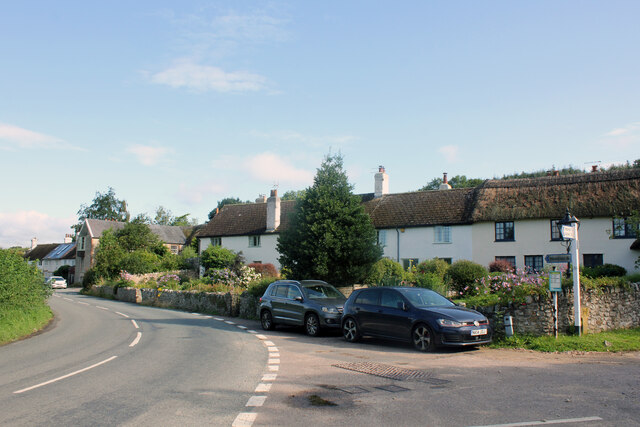

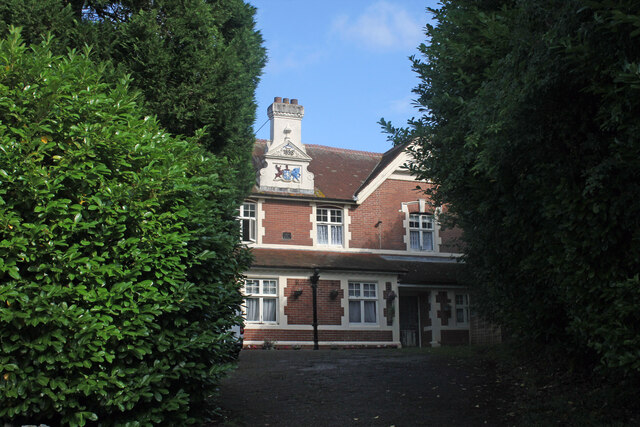
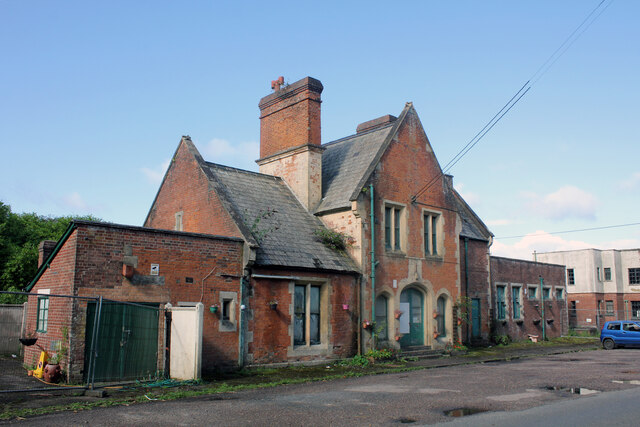
Barton is located at Grid Ref: SY2597 (Lat: 50.772, Lng: -3.057)
Administrative County: Devon
District: East Devon
Police Authority: Devon and Cornwall
What 3 Words
///racetrack.relaxing.enhanced. Near Colyton, Devon
Nearby Locations
Related Wikis
Shute, Devon
Shute is a village, parish and former manor located 3 miles (5 km) west of Axminster in East Devon, off the A35 road. It is surrounded by farmland and...
Old Shute House
See also: New Shute HouseOld Shute House (known as Shute Barton between about 1789 and the 20th century), located at Shute, near Colyton, Axminster, Devon...
New Shute House
New Shute House is a late Palladian country house built between 1785 and 1789 by Sir John de la Pole, 6th Baronet (1757–1799) and is situated within the...
Seaton Junction railway station
Seaton Junction is a closed railway station on the West of England Main Line from London Waterloo to Exeter. It was situated 3 miles west of Axminster...
St Mary at the Cross, Whitford
St Mary at the Cross is a Church of England church in Whitford, Devon, England. It was built in 1908 and remains active as part of the Five Alive Mission...
Kilmington, Devon
Kilmington is a village near Axminster in East Devon off the A35 road. The village population at the 2011 Census was 830. Kilmington is a major part of...
Whitford, Devon
Whitford is a village near Axminster in East Devon. It is situated on the western bank of the River Axe, which is crossed via a small bridge with a weir...
Loughwood Meeting House
Loughwood Meeting House is a historic Baptist chapel, 1 mile (1.6 km) south of the village of Dalwood, Devon in England. There was a meeting house on...
Nearby Amenities
Located within 500m of 50.772,-3.057Have you been to Barton?
Leave your review of Barton below (or comments, questions and feedback).



